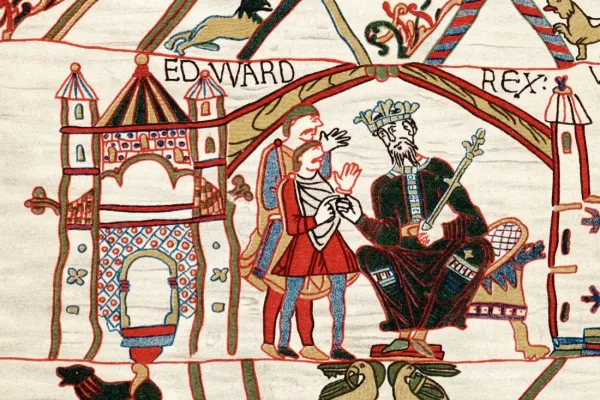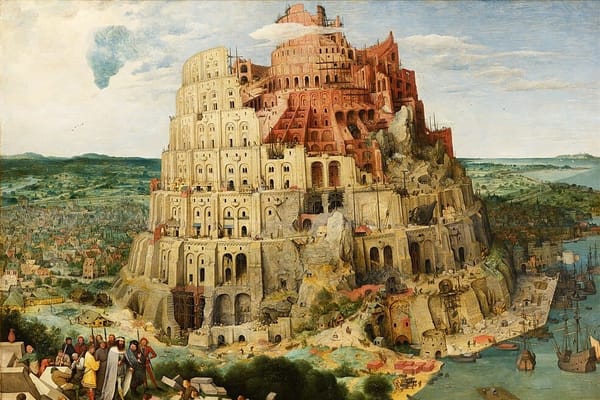St. Albans
A petition to make Alban the patron saint of England - instead of St. George - was submitted to the British Parliament in 2021.

Key words
- Persecute: to treat people unfairly or cruelly over a period of time because of their race, religion, etc
She claimed the government was persecuting its opponents.
- Flee: to escape by running away, especially because of danger or fear
War has forced people in the region to flee from their homes.
- Abbey: a building where monks or nuns live or used to live. Some abbeys are now used as churches
We walked through the ruins of the abbey.
- Martyr: a person who is killed because of their religious or political beliefs, and is often admired because of it
Joan of Arc, a patron saint of France, was a staunch Roman Catholic, an early feminist and a martyr.
- Monumental: very big or very great
Rebuilding the bridge proved to be a monumental job.
Read the article to find the answers
- What was St. Albans most important industry?
- Why was Alban executed?
- What was built on the site of his execution?
- Why did St. Albans decline in wealth and importance?
St. Albans
St Albans dates back to the 1st century BC when a town was built on the west bank of the River Ver, about 20 miles north-west of central London. It was the first major town on the ancient Roman road north from Londinium. The Romans expanded the town, making it the second largest city in Britain.
For centuries, printing was the city's most important industry. One of the most famous books printed in St. Albans, The Boke of St. Albans, contains the earliest example of color printing in England.
St. Alban
St. Albans takes its name from a man called Alban. Bede's book, The Ecclesiastical History of the English People, tells us that he lived sometime in the 3rd or 4th century, when Christians were being persecuted. The story goes that Alban met a Christian priest fleeing from his persecutors and took him into his home, where he was so impressed by the priest that he converted to Christianity.
When the authorities searched Alban's house, he put on the priest's cloak and pretended to be his guest. As a result, he was sentenced to suffer the punishments the priest was to receive unless he renounced Christianity. Alban refused and was taken to be executed. An abbey was later built on the site of his martyrdom and St Albans grew up around it.
The English Reformation
St. Albans declined in wealth and importance in the late 15th and early 16th centuries as a result of the English Reformation. This monumental shift in religious authority led to the monasteries being stripped of all their wealth. The monasteries were Catholic institutions controlled by the Pope in Rome, and the wealthiest institutions in the country until King Henry confiscated their property.
Patron Saint
A petition to make Alban the patron saint of England - instead of St. George - was submitted to the British Parliament in 2021 stating:
St George never visited England ... St Alban is the first British Christian Martyr and St Alban's Cathedral is the oldest site of continuous Christian worship in Britain.
The government's official reply was:
The Government is not responsible for designating patron saints. St George was made patron of the Order of the Garter by King Edward III.
There are others who believe that the original patron saint of England was St.Edmund.
Discussion questions
- Do you have any questions about any of the vocabulary or grammar in this article?
- Do you know where printing started in your country?
- Did cities grow because they were religious centers in your country?
- Does your country have a patron saint?

Book a Lesson
Improve your English language communication skills by practicing with a qualified and experienced native speaker.





